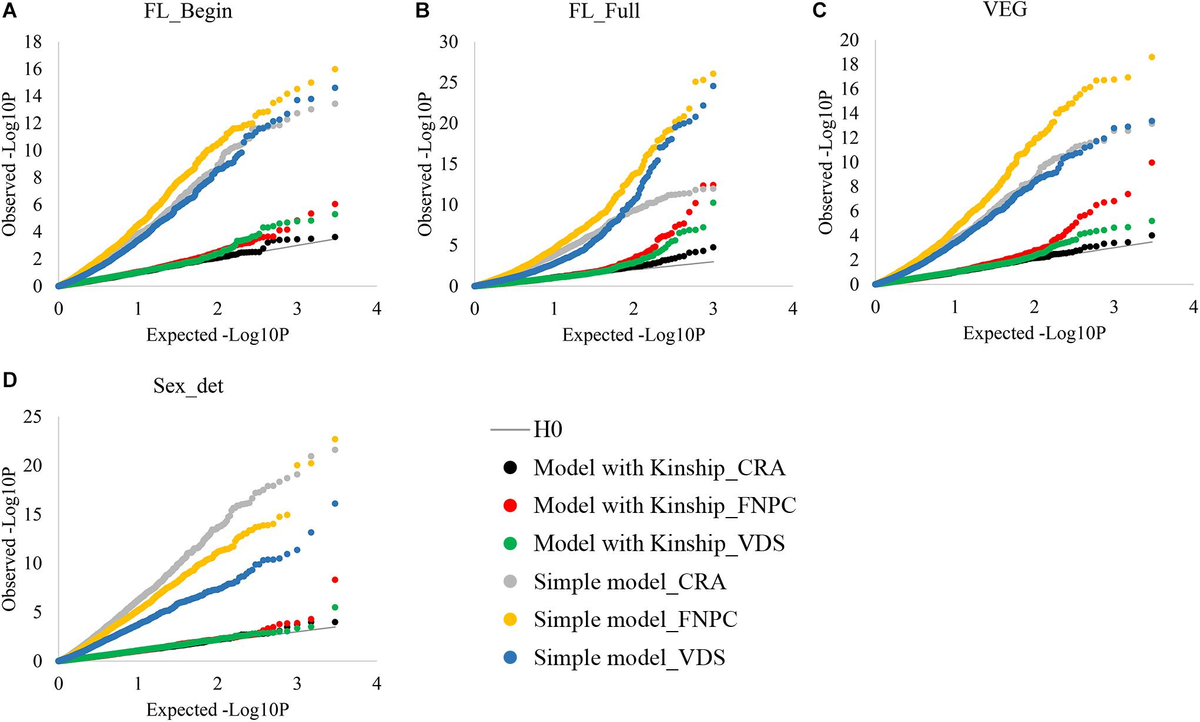SUPER_HAZE
Active member
Hello friends.
Years ago I read that depending on the environment and growing conditions when defining the sex, more males or more females would come out.
Then I read here that sex is already defined from the time it is a seed.
I have had 30 panama females of 30 regular seeds. From old timers haze a variety that few males come out I have had about 60% males.
What do you think?
Years ago I read that depending on the environment and growing conditions when defining the sex, more males or more females would come out.
Then I read here that sex is already defined from the time it is a seed.
I have had 30 panama females of 30 regular seeds. From old timers haze a variety that few males come out I have had about 60% males.
What do you think?



